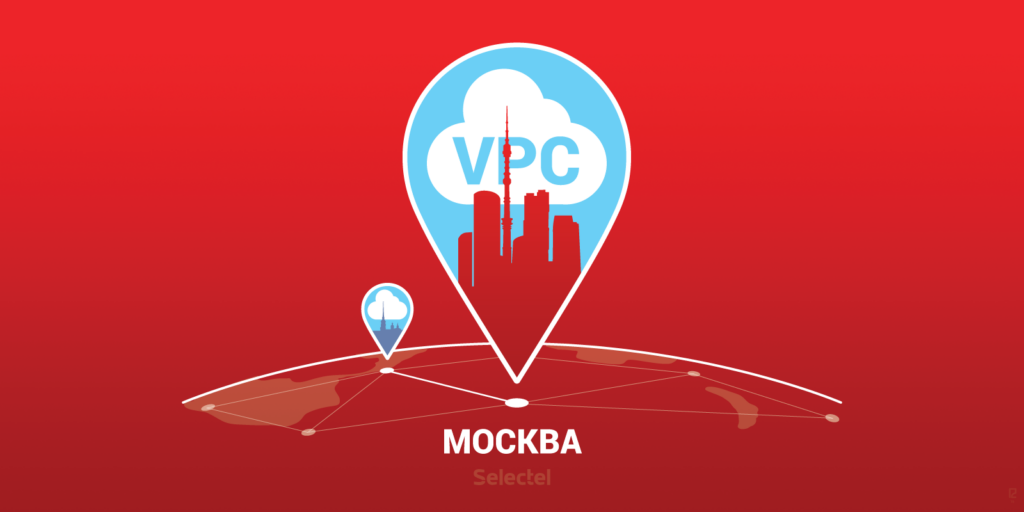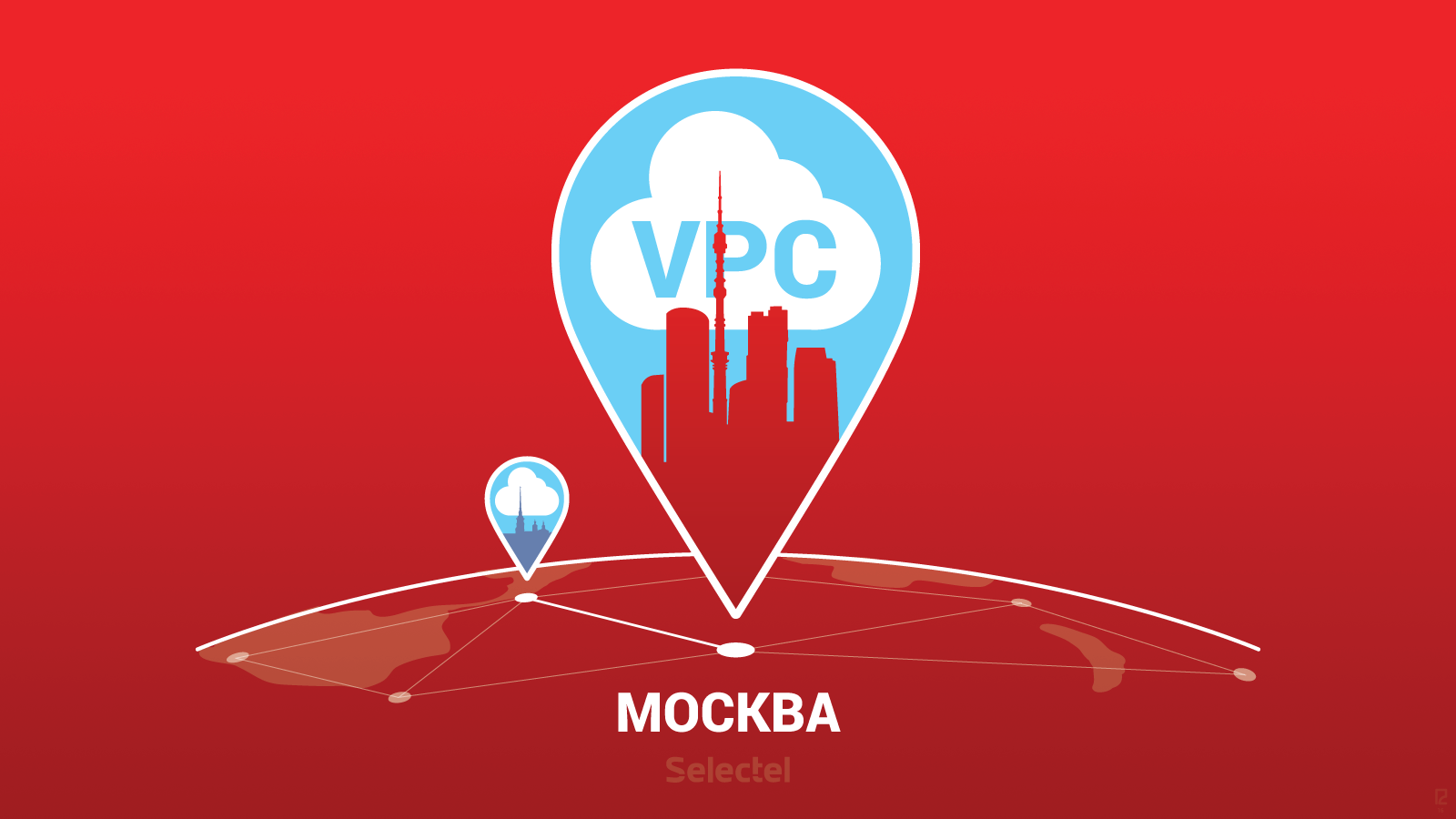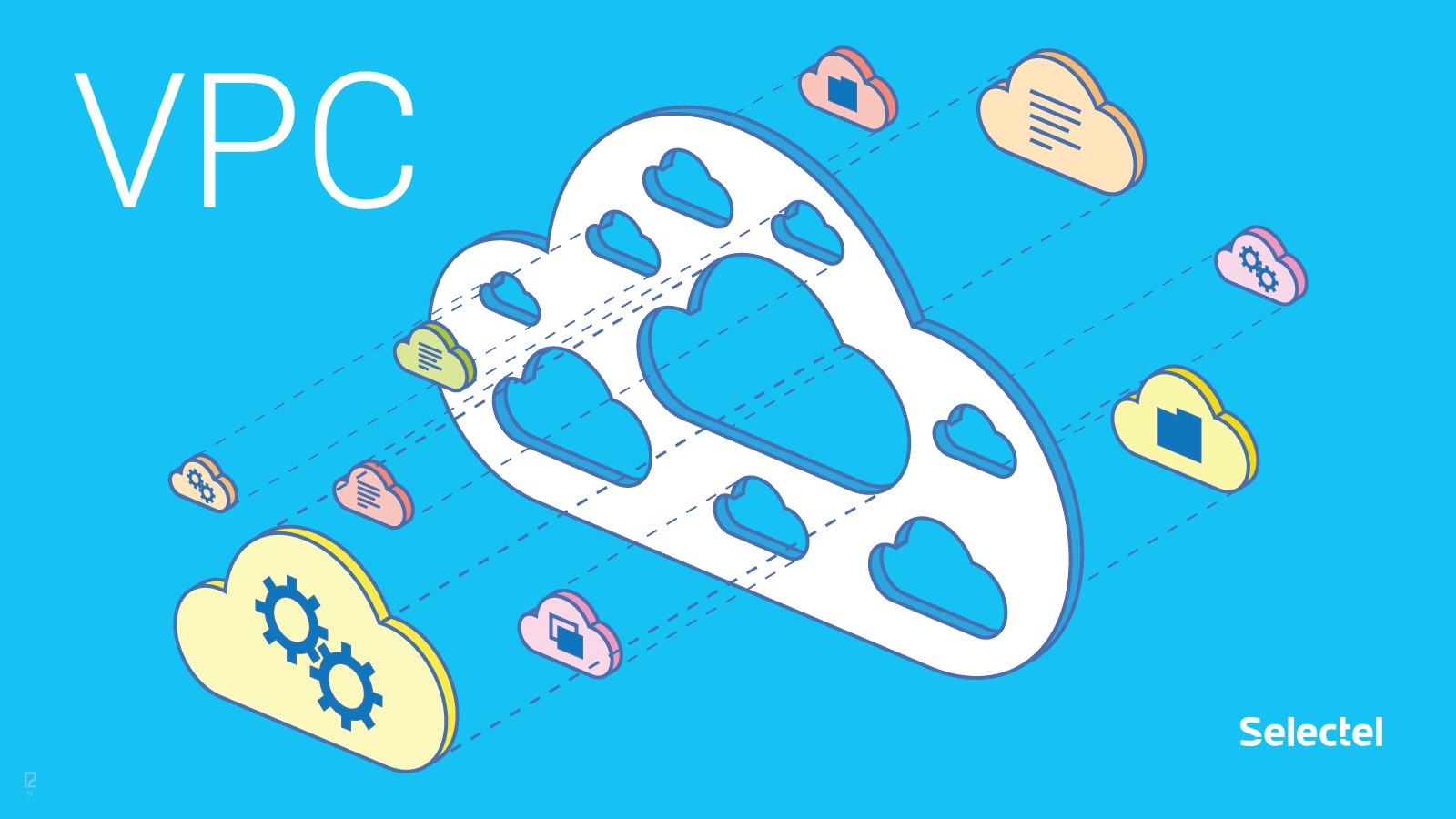 We’re excited to tell you all about the latest innovations and updates to our Virtual Private Cloud. Read more
We’re excited to tell you all about the latest innovations and updates to our Virtual Private Cloud. Read more


 We’re excited to tell you all about the latest innovations and updates to our Virtual Private Cloud. Read more
We’re excited to tell you all about the latest innovations and updates to our Virtual Private Cloud. Read more

 Our Virtual Private Cloud is built on OpenStack. The initial cloud setup and several types of objects can be managed from our API.
Our Virtual Private Cloud is built on OpenStack. The initial cloud setup and several types of objects can be managed from our API.
To make our service even easier to use, we’ve developed the selvpcclient library. The library is written in Python and covers the entire API, which lets you manage projects, quotas, and resources from your program code and console. Read more


The market today is flooded with offers from different cloud service providers. It’s not just a question of just choosing one service over another; clients firstly consider their business requirements and the relevant tasks.
In this post, we’ve compiled a list of the most important features individuals should look for when choosing their cloud service provider. If the best solution for your business is cloud-based, then please feel free to refer to this checklist before making your final decision.


The Virtual Private Cloud (VPC) used to operate entirely out of one data center in St. Petersburg, and as a result, it lacked pools. We made it a point to address this issue and we’ve kept our word: we’ve opened a new VPC pool in our Moscow data center, Berzarina. This ensures fault-tolerance, improves connectivity, and raises the performance of our users’ resources.


In addition to the API, we’ve spent the last few months making general improvements to our Virtual Private Cloud. In this article, we’ll be talking about the latest updates and innovations.


The Virtual Private Cloud lets you create virtual machines from a wide-range of existing OS images.
However, some users need images which our service doesn’t offer. These include less common kinds and versions of operating systems.


You’ve probably already heard about our Virtual Private Cloud (VPC). Launched in May 2015, our VPC gives users a flexible, easy-to-manage, scalable virtual infrastructure that can be customized to fit any project. In this article, we’ll look at some practical uses for the cloud as well as its payment system.